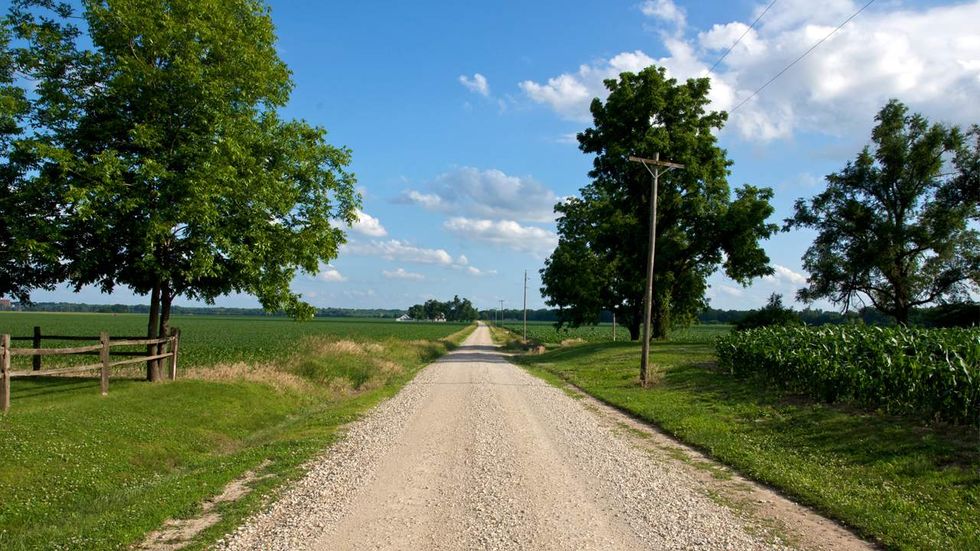
Rural dirt road. (Image via Ian Munroe from Flickr's Creative Commons)

The National Cooperative Highway Research Program has found a growing number of local governments are choosing to destroy existing paved roadways in their district, reverting the paved streets back to dirt roads. The NCHRP is a research forum administered by the Transportation Research Board and funded by federal and state government agencies.
According to a report by Governing.com, jurisdictions in 27 states are now in the process or have recently chosen to unpave some of their roads. Maintenance costs are the primary driver behind the decision. Governing reports repaving a roadway can cost as much as $1 million per mile, while tearing up a paved road costs a maximum of $100,000 per mile and as little as $1,000 per mile. Dirt roads are cheap and easy to maintain compared to paved streets.
The report comes as President Donald Trump has been pushing to lawmakers his massive $1 trillion infrastructure proposal, which he says is necessary to help rebuild America’s “crumbling roads” and to spur economic growth, providing millions of jobs across the country. The American Public Transportation Association reported on Monday estimates indicate a federal investment in infrastructure of $200 billion would result in 10 million jobs over the next decade and add $800 billion to the nation’s gross domestic product by 2038, according to a report by The Hill.
[graphiq id="8AXuK10TKIt" title="US Public Spending on Infrastructure" width="600" height="695" url="https://w.graphiq.com/w/8AXuK10TKIt"]
Critics of Trump’s infrastructure plan say it’s nothing more than another large federal government program that will continue to drive the nation further into debt. The United States currently holds $10 trillion in debt, or about $80,000 per U.S. household. While responsibility for managing interstate highways arguably should fall under the purview of the federal government, some constitutionalists question whether the federal government ought to have any substantial role in funding, planning, or managing local or state transportation projects.
(Image via Ian Munroe from Flickr's Creative Commons)
Justin Haskins